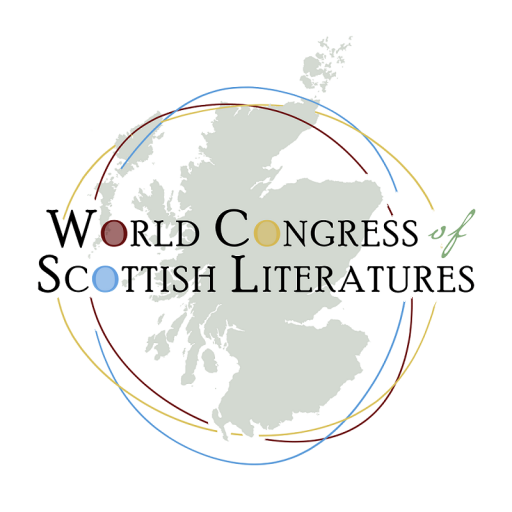Textual Play in Scott’s Peveril of the Peak
‘Fiction’ and ‘fact’ are the traditional odds against which the dialectics within historical fiction, and literary criticism thereof, has been played. Scott’s ample paratextual material – prefaces, postscripts, notes and letters – stake their claim to this overarching dialectic of fact and fiction, sometimes dramatized in the form of a staged speculative dialogue, to further the case of fiction’s own autonomous and abiding value, sometimes in opposition to the historical appendices included in the Waverley volumes. While this is certainly nihil novi under the sun of Scott Studies, the ‘truths severe in fairy fiction dressed’, repeatedly cited in the ‘Prefatory Letter’ to the magnum edition of Peveril of the Peak, highlight a key argument in favour of the jouissance of Scott’s fiction and the instruction conveyed through authorial levity or comedic interlude to further not only the claim of the fictionality of history and historicity of fiction but, above all, to present a complex case for the autonomy of Scott’s writing in this somewhat neglected novel which is steeped in the comedic through and through, reflecting and performing in inspiring ways the ludic ethos of the Restoration in general and the tumult of the Popish Plot in particular.
As J. H. Alexander notes in the conclusion to his 2017 study titled Reading Walter Scott: ‘In the early years of the present century there have been welcome signs of a willingness to recognise the importance of the playful element in Scott’s fiction, to approach the Waverley Novels as game.’ This paper will address some of these key playful elements in Peveril of the Peak, often seen as marks of authorial negligence or gratuitous levity rather than possessing aesthetic value in themselves and enriching the ethos of the entire novel.
Mirka Horová, Charles University, Czech Republic
